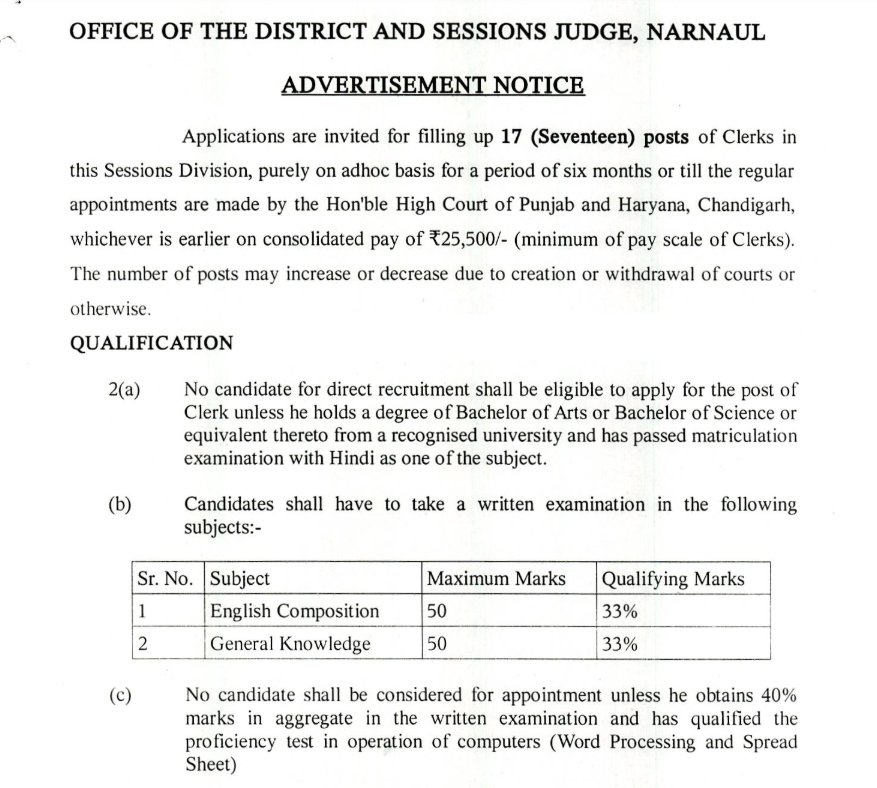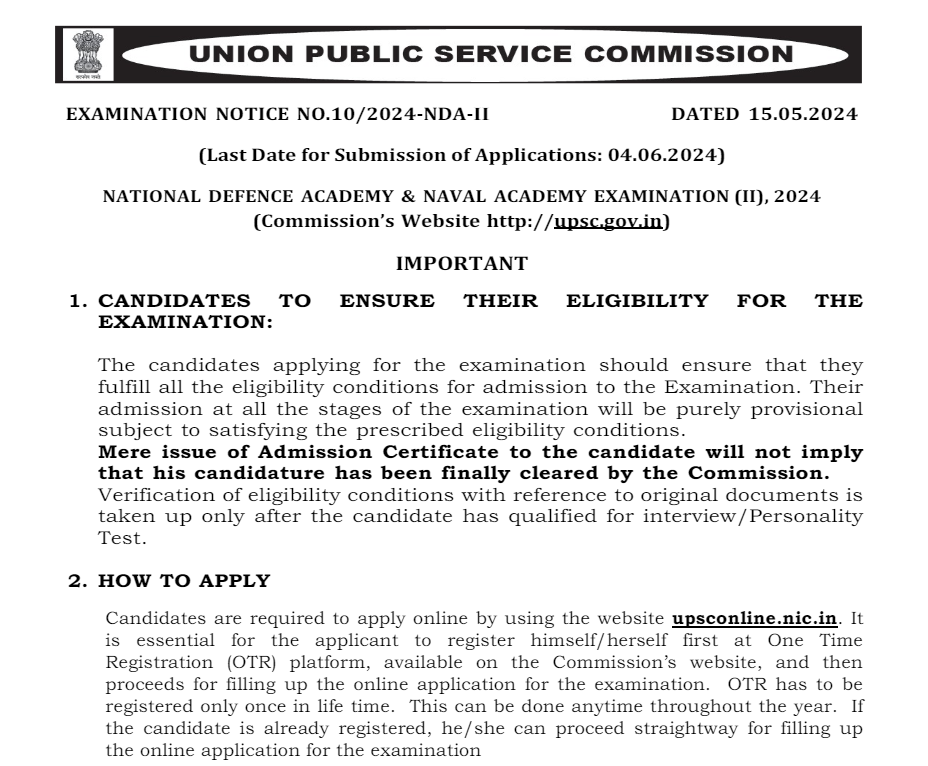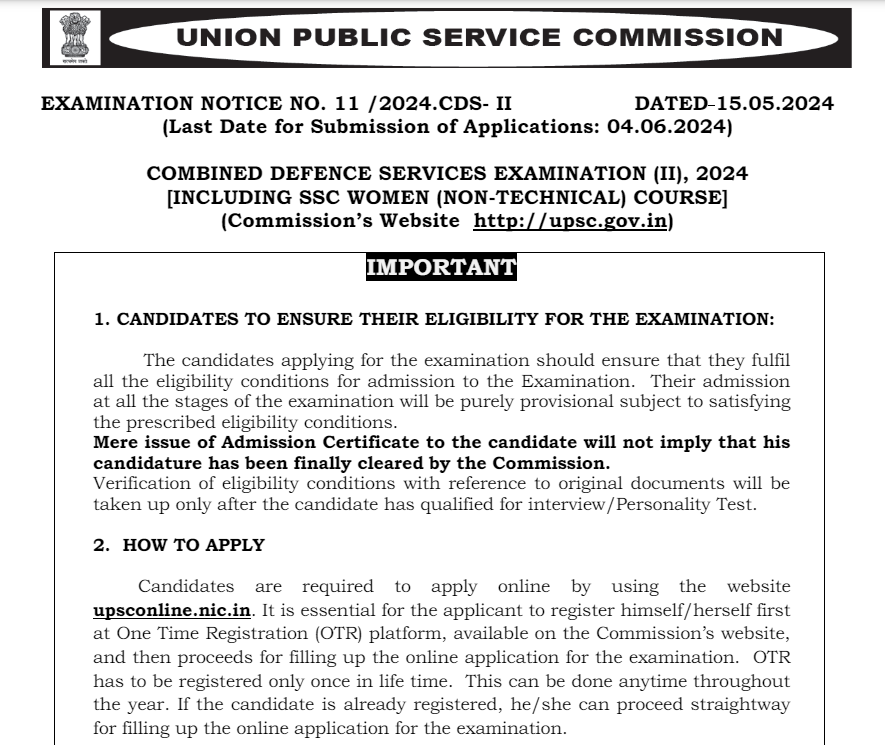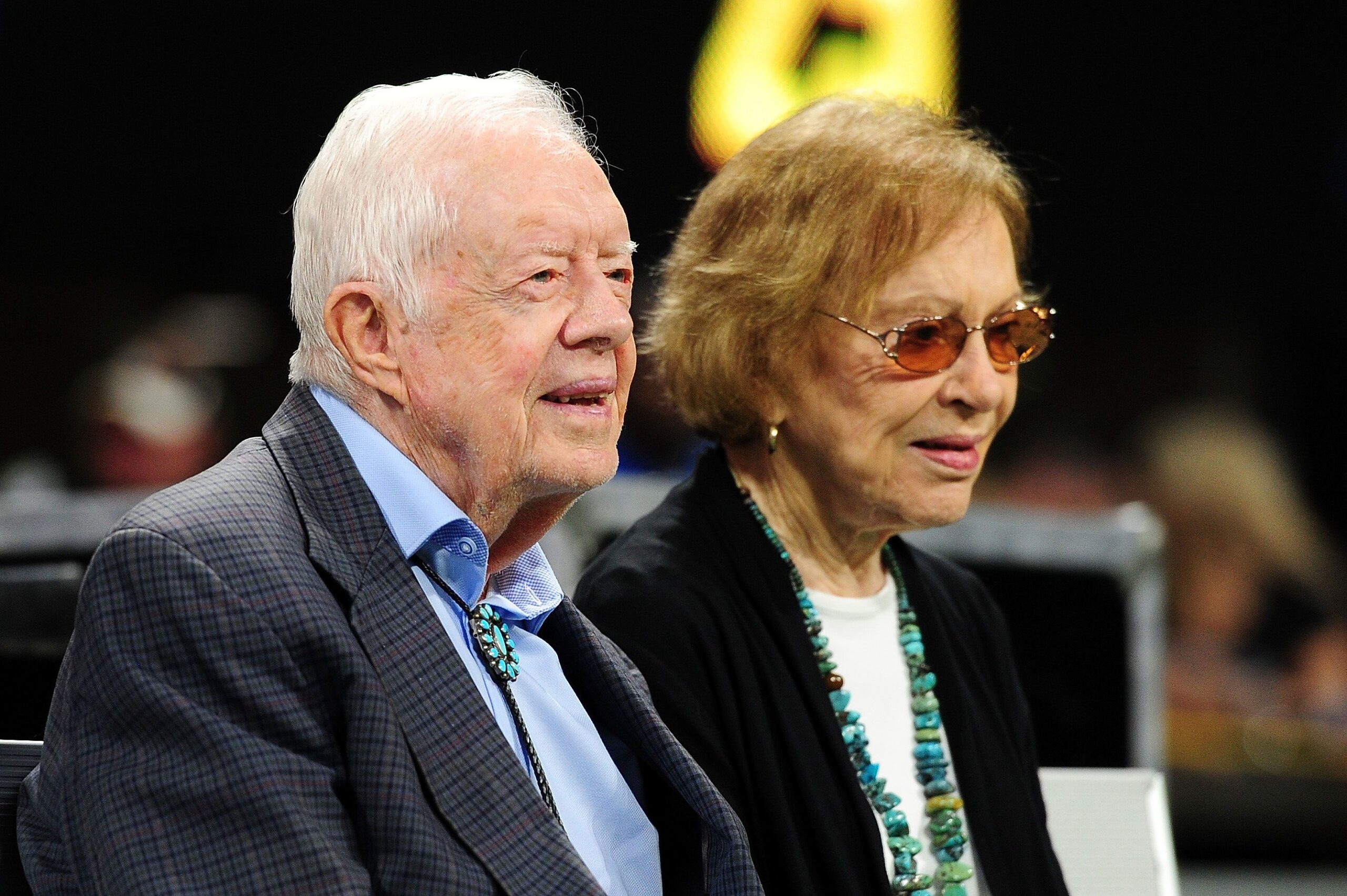Synchronous Motors PART 9

Category –EE Online Test
Telegram-Join Us On Telegram
Attempt Free Synchronous Motors PART 9 Here. Read The Important Electrical MCQ From Below.
121. In a synchronous motor, under running conditions, the angle between the induced voltage and supply voltage will be
(A) zero
(B) between 0 and 90°
(C) between 90° and 180°
(D) more than 180°.Get Answer
122. The rotor of a synchronous motor can only run at synchronous speed of the stator magnetic field due to
(A) Faraday’s law of electro-magnetic induction
(B) Lenz’s law
(C) Magnetization of rotor poles by stator magnetic field
(D) Interlocking action between stator and rotor fields.
Get Answer
123. An inverted V-curve of a synchronous motor is the variation of
(A) field current and power factor at constant load
(B) supply voltage and field current at constant excitation
(C) power factor and supply voltage during hunting
(D) supply voltage and excitation current at constant load.
Get Answer
Synchronous Motors PART 9
124. Damper windings are provided on
(A) pole faces
(B) separate armature
(C) rotor shaft
(D) stator frame.
Get Answer
125. Hunting of a synchronous motor may be due to
(A) pulsations in power supply
(B) reciprocating type of load
(C) pulsating torque of driven equipment
(D) any of the above.
Get Answer
Synchronous Motors PART 9
126. The V-curves of a synchronous motor show relationship between
(A) armature current and supply voltage
(B) dc field current and ac armature current
(C) excitation current and back emf
(D) none of the above.
Get Answer
127. In a synchronous motor with field under excited, the power factor will be
(A) leading
(B) lagging
(C) unity
(D) none of the above.
Get Answer
Synchronous Motors PART 9
128. In a synchronous motor, maximum value of torque angle is
(A) Below 45 degrees electrical
(B) 45 degrees electrical
(C) 90 degrees electrical
(D) Above 90 degrees electrical.
Get Answer
129. In a synchronous motor, net armature voltage is of Eb and V
(A) Vector sum
(B) Vector difference
(C) Arithmetic difference
(D) Arithmetic sum.
Get Answer
Synchronous Motors PART 9
130. Increasing load on a normally-excited synchronous motor, the power factor
(A) remain unchanged
(B) becomes increasing lagging
(C) becomes increasing leading
(D) none of the above.
Get Answer
131. Synchronous motor speed is controlled by varying
(A) supply voltage only
(B) supply frequency only
(C) supply voltage and frequency both
(D) none of the above.
Get Answer
132. Maximum electrical power input of a synchronous motor is
(A) (Vt Ef) / Xs
(B) V2t / Xs
(C) E2f/ Xs
(D) Xs/ (Vt Ef ) where the symbols have their usual meanings.
Get Answer
133. In a synchronous motor armature reaction at rated voltage and zero power factor leading is
(A) Demagnetizing
(B) Cross magnetizing
(C) Magnetizing
(D) None of the above.
Get Answer
134. A synchronous motor is operating with excitation adjusted for unity power factor current at constant load. On
increasing the excitation, the power factor
(A) will lag
(B) will lead
(C) will become zero
(D) none of the above.
Get Answer
Synchronous Motors PART 9
135. A synchronous motor is operated from a bus voltage of 1.0 pu at 1.0 pu pf leading current. The synchronous reactance is 0.5 p.u. The excitation e.m.f of the motor is
(A) 0.5
(B) 1
(C) 1.5
(D) 3.
Get Answer
136. A 3-phase synchronous motor connected to an infinite bus is operating at half full-load with normal excitation. When the load on the synchronous motor is suddenly increased
(A) its speed will first decrease and then become synchronous
(B) its speed will first increase and then become synchronous
(C) its speed will fluctuate around synchronous speed and then become synchronous
(D) its speed will remain unchanged.
Get Answer
137. A synchronous motor operating at rated voltage draws 1.0 pu current at 1.0 power factor. The machine parameters are : synchronous reactance 1.0 pu ; armature resistance, negligible. Apart from supplying this rated power, if the motor has to supply an additions! leading reactive power of 0.8 pu, then the field current has to be increased by
(A) 42%
(B) 46%
(C) 52%
(D) 60%.
Get Answer
Synchronous Motors PART 9














